I'm using Electret Microphone Amplifier - MAX4466 with Adjustable Gain and I'm getting the output voltage ranging from 1.5V to 3V (which, to my knowledge, is already amplified by MAX4466). I know that the sensitivity of the microphone is -44dB @ 1kHz. It is also stated on the mentioned product page that the gain can be adjusted from 25x to 125x by adjusting the trimmer pot on the back of the breakout as needed.
I'd like to know a way to figure out the op-amp gain and ultimately, calculate SPL dB (Sound Pressure Level) from the measured voltage. Any help is appreciated. Thanks.

